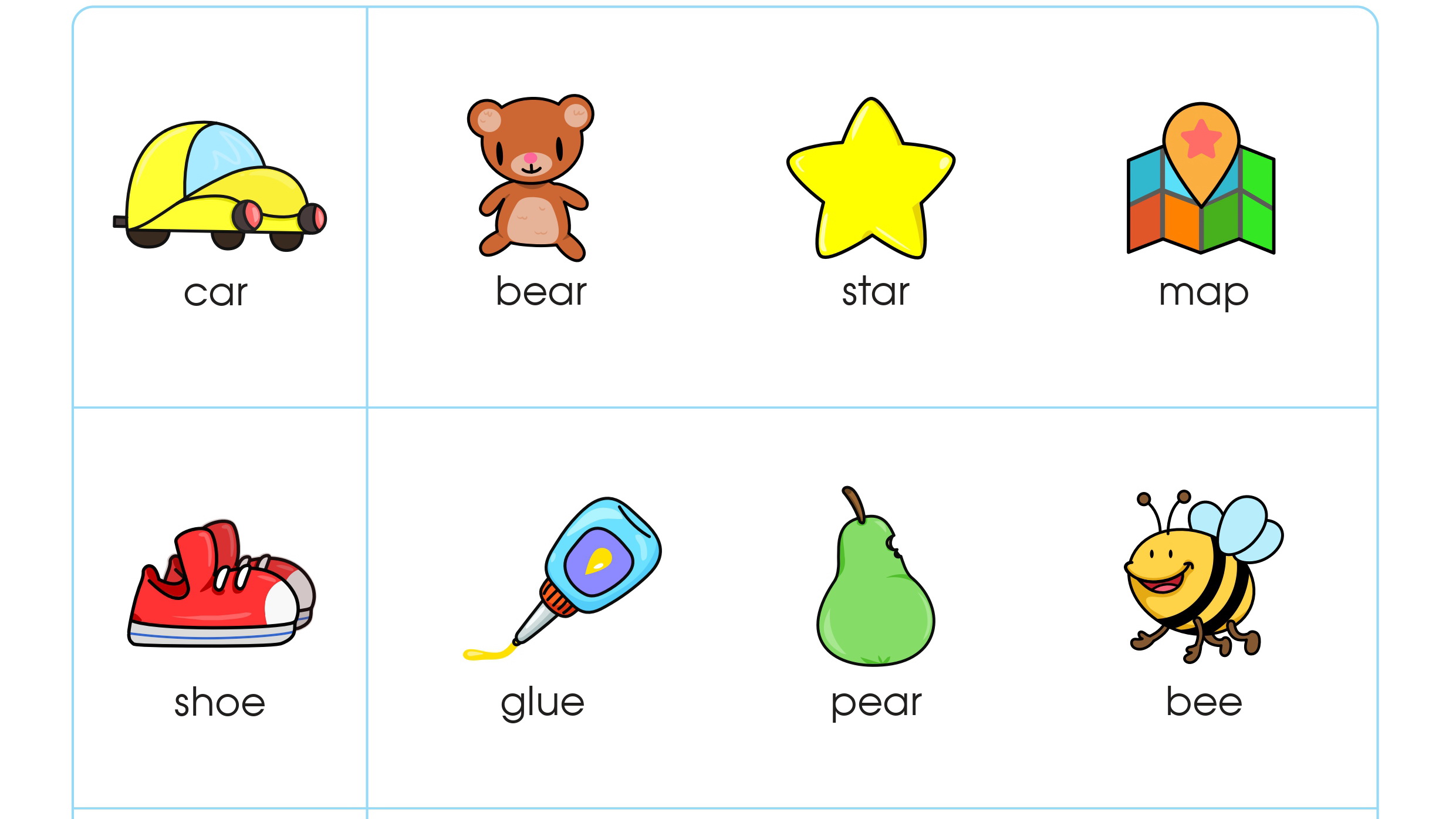Understanding habitats Normal Worksheets for Ages 3-7
6 filtered results
-
From - To
Explore the fascinating world of habitats with our "Understanding Habitats Normal Worksheets" designed for children ages 3-7. These engaging worksheets provide young learners with a fun and interactive way to discover various ecosystems, from forests to oceans. Through colorful illustrations and simple activities, children will enhance their comprehension of animal homes, plant life, and the relationships between species. Perfect for teachers and parents, these worksheets promote environmental awareness while developing essential skills such as reading and critical thinking. Come embark on an educational journey where kids can learn about the diversity of life, all while enjoying hands-on learning adventures!
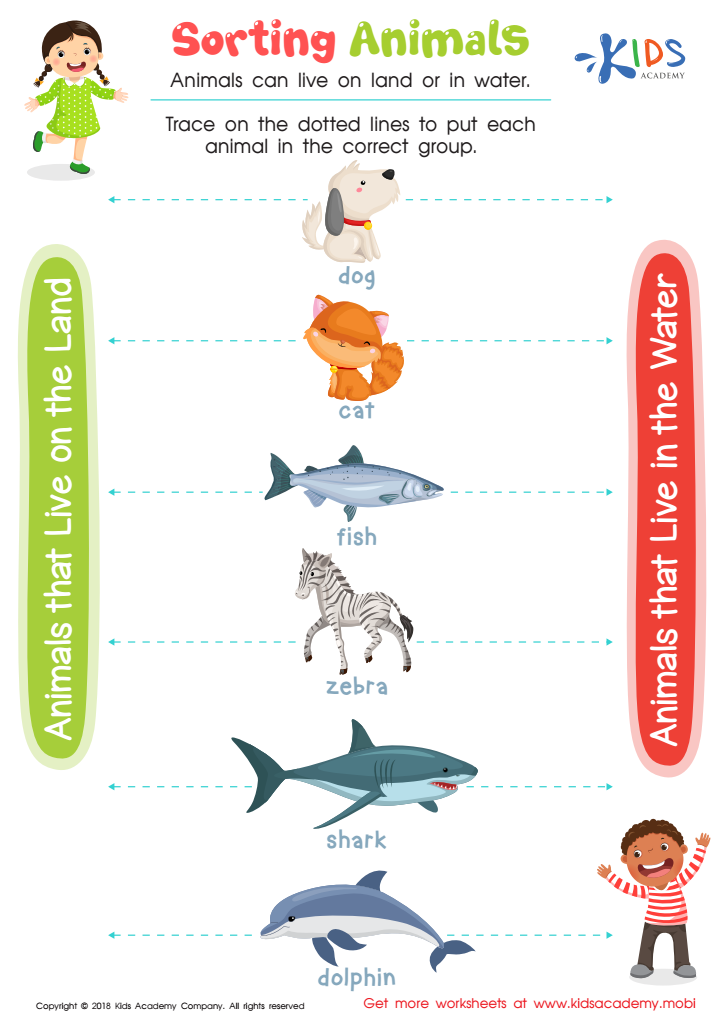

Sorting Animals Worksheet
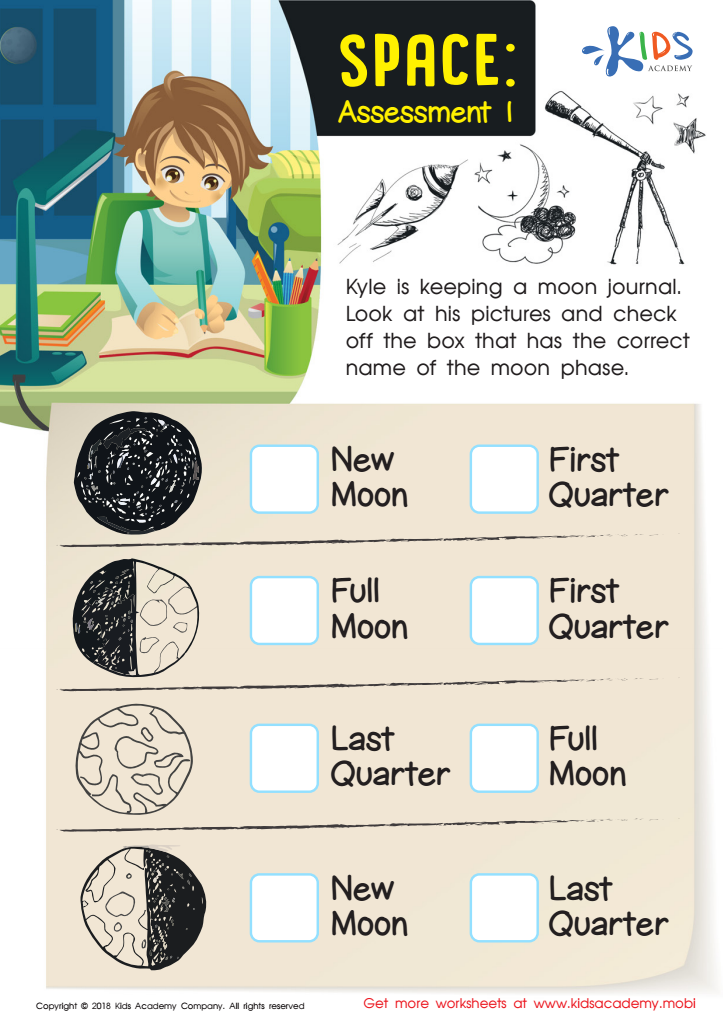

Space: Assessment 1 Worksheet
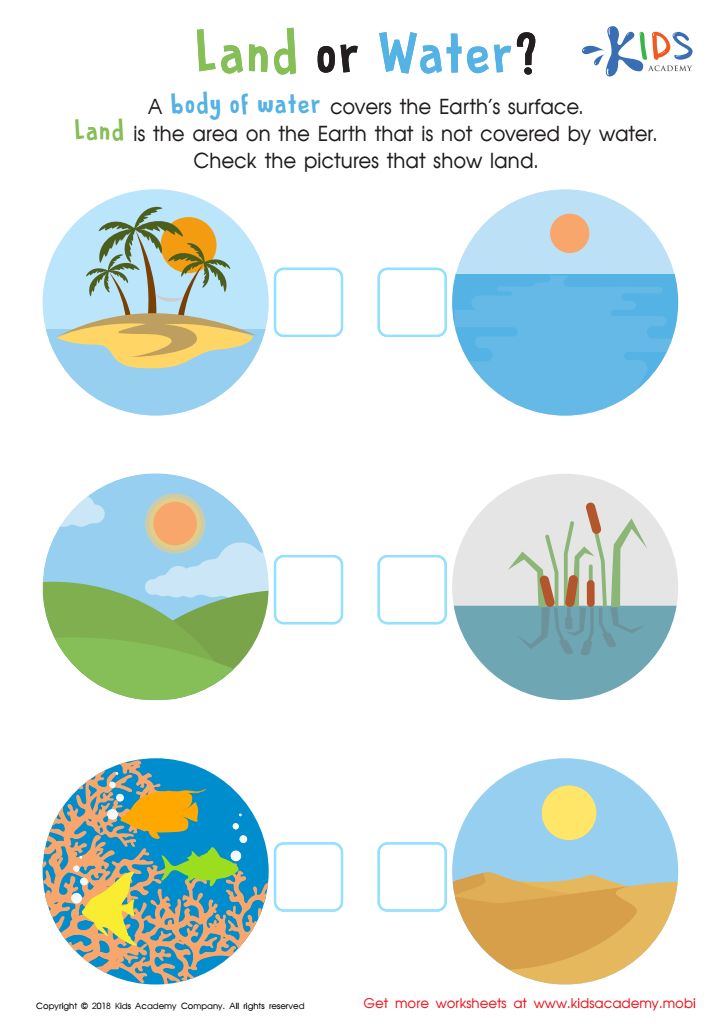

Land or Water Worksheet
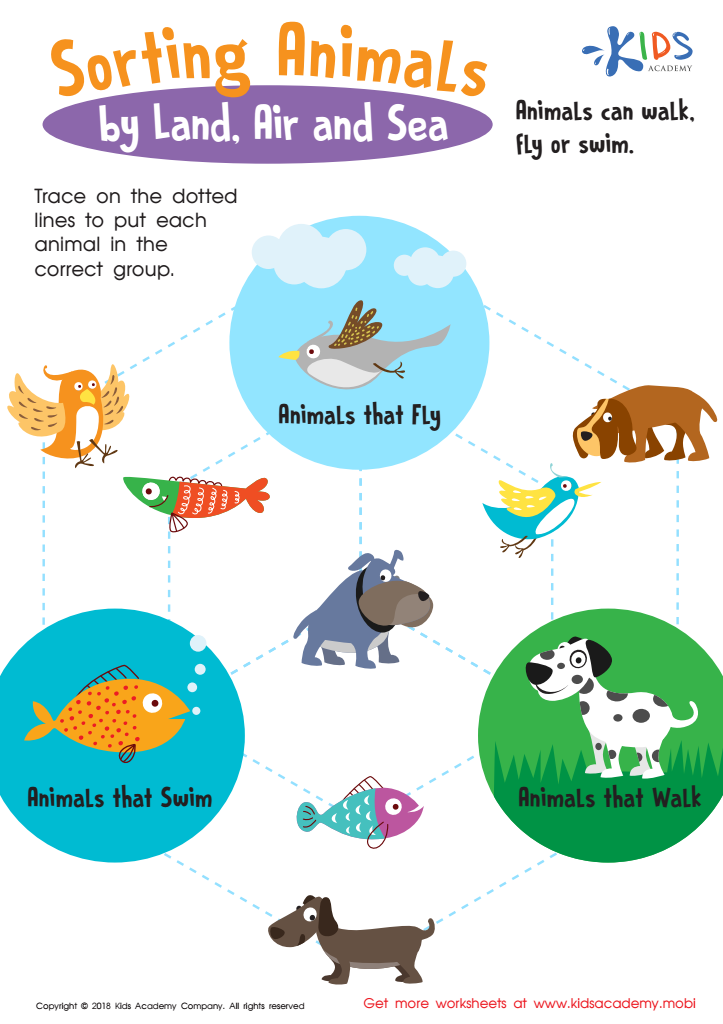

Sorting Animals by Land, Air and Sea Worksheet
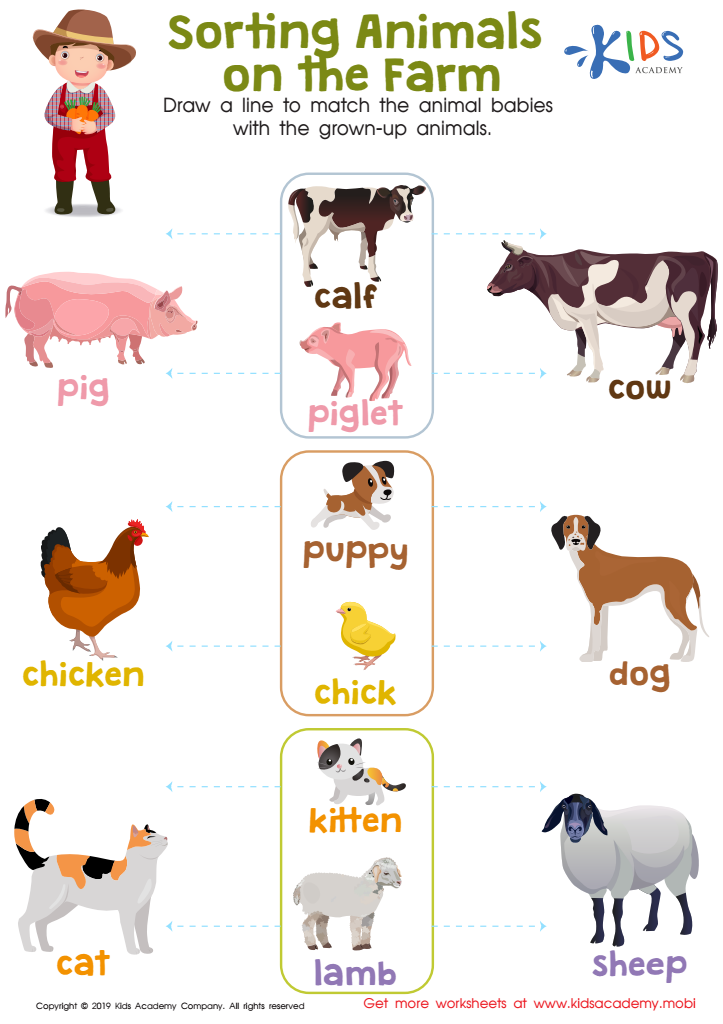

Sorting Animals on the Farm Worksheet


Animals and Plants: Assessment 2 Worksheet
Understanding habitats is crucial for children aged 3-7 as it lays the foundation for their appreciation of the natural world. At this tender age, children are naturally curious and eager to explore. Teaching them about different habitats—like forests, oceans, wetlands, and deserts—helps satisfy their curiosity and enables them to understand where various plants and animals thrive.
Parents and teachers should care about this topic because it promotes environmental awareness. By learning about habitats, children develop a sense of responsibility toward preserving our planet. This early education fosters empathy and respect for living things, encouraging children to consider how their actions impact the environment.
Additionally, discussions about habitats support critical thinking and observation skills. When children compare and contrast different environments, they learn to make connections and understand ecosystems’ complexity. Engaging activities, such as outdoor exploration or creating habitat-themed projects, can spark enthusiasm for science and nature.
Finally, teaching children about habitats encourages social skills through collaborative learning experiences, whether working together on a project or sharing their findings with peers. Overall, instilling a love for habitats contributes to well-rounded, environmentally-conscious individuals who value and protect the world they live in.
 Assign to My Students
Assign to My Students







